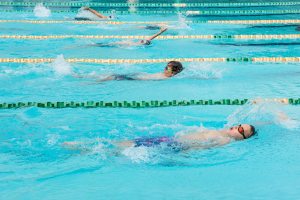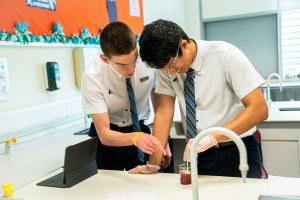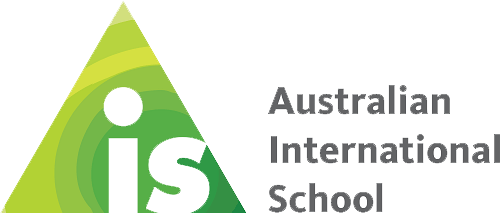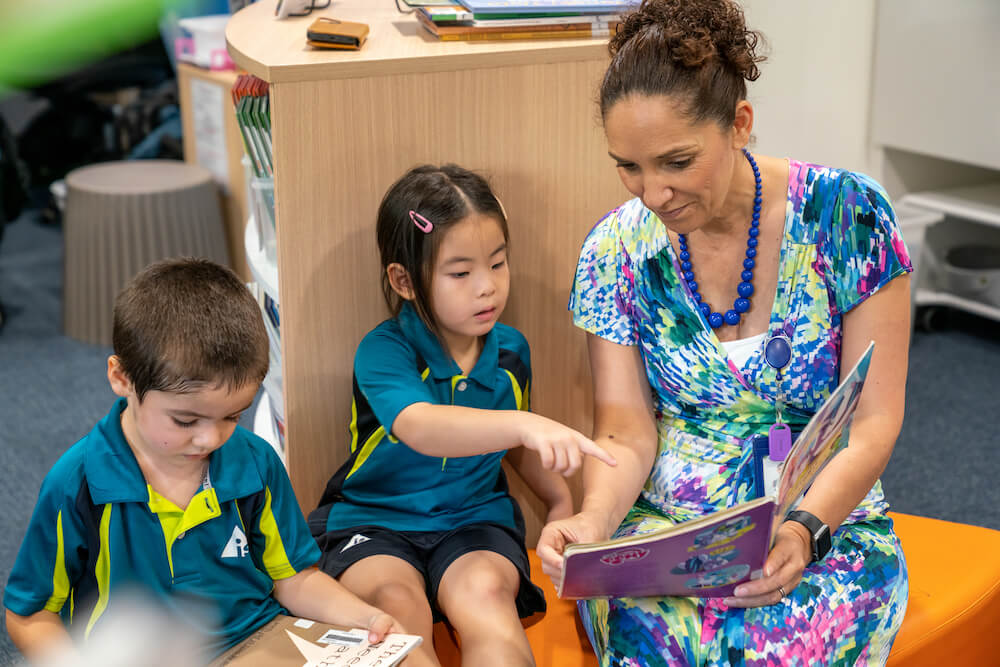When selecting an international school, what are the differences between Australian, English and American curricula?
International schools offer a unique opportunity for students to experience education systems from around the world. Many international schools in Singapore offer a choice of English-based curricula, such as Australian, English and American curricula. Here are the main differences between these three curricula in the context of Singapore international schools.

Curricula Structure
The Australian curriculum focuses on the development of knowledge and skills in eight learning areas, including English, Mathematics, Science, Humanities and Social Sciences, the Arts, Languages, Health and Physical Education, and technologies.
The English curriculum, also known as the National Curriculum of England, is a subject-based curriculum that focuses on core subjects, such as English, Mathematics, Science and Humanities. It emphasises a broader range of subjects, including Language, Arts, Mathematics, Social Studies, and Science, as well as elective courses.
Teaching Style
The teaching styles in the English, American, and Australian curricula differ. The Australian curriculum emphasises inquiry-based learning, where students are encouraged to ask questions, explore and investigate. Teachers take on a facilitator role, guiding students through the learning process.
The English curriculum emphasizes traditional teaching methods, such as lectures, textbooks and examinations, Teachers are often highly qualified subject specialists.
The Americal curriculum places a strong emphasis on student-centred learning, where students are encouraged to be active learners and take responsibility for their own learning. Teachers are often less specialised and take a more holistic approach to teaching.
Assessment
Assessment methods also vary between the three curricula. The Australian curriculum places a strong emphasis on formative assessment, where teachers use a range of assessment methods to provide ongoing feedback to students to support their learning.
The English curriculum places a strong emphasis on external assessments, such as standardised tests, which are used to measure student progress and provide feedback.
The American curriculum relies heavily on continuous assessment, where students are assessed on a regular basis, often using a range of assessment methods, such as projects, essays, and presentations.

Co-Curricular activities (CCAs)
Co-curricular activities are activities that students participate in outside of the classroom curriculum. These activities include sports, music, drama, clubs, volunteering, and many more. Co-curricular activities are important because they help students develop essential life skills, such as teamwork, leadership, time management, and problem-solving.
Australian and American schools have a strong emphasis on providing a wide range of co-curricular activities, including sports, the arts, clubs and volunteering programs.
British schools, on the other hand, tend to focus more on academic achievement, and co-curricular activities are often limited to sports and music.

How do i choose the right curriculum for my child?
Selecting the appropriate curriculum for a child can be a daunting task for parents. Several factors need to be considered when choosing the right curriculum, such as the child’s individual learning style, interests, goals, and future plans. Additionally, parents must consider the school’s philosophy, teaching methodology, and accreditation. Consulting with the school admission manager and other parents, as well as conducting thorough research on different curricula, can help in making an informed decision. It is important to remember that the right curriculum for one child may not be the best fit for another, so it is crucial to take the time to assess individual needs and preferences when making this decision.
Can my child change between the different curriculums?
Students can move between the different curriculums. This is typically more seamless in Early Years and Elementary as a significant part of the curriculum is focused on literacy and numeracy and the learning of both is generally linear in concept progression and generally universal. In Secondary schooling, it is easier in the younger years from Years 6-8. In the last four years (Year 10 – 12) when students start formal qualifications the courses typically take two years and therefore moving within the two years would interrupt the qualification. There are also subject content knowledge prerequisites to consider but these can be worked around.
More questions about the curriculum
If you have questions about the Australian curriculum please don’t hesitate to contact us here and we would be happy to answer them.






